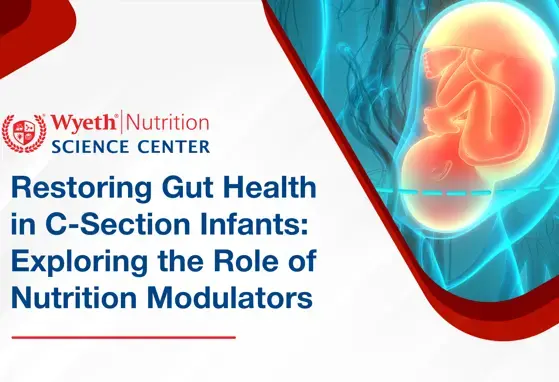[Hot science] Neutral HMO concentrations of breastmilk samples of Chinese mothers

In this prospective study, a total of 464 human milk samples were collected from 116 Chinese mothers from Beijing, Xuchang and Suzhou at four different time points. In total, 76.7% mothers were found to be Secretor and Lewis positive phenotype (Se+Le+). Among all neutral human milk oligosaccharides (HMOs), Lacto-N-tetraose and Lacto-N-neotetroase (LNT&LNnT) were found to be the most abundant in milk samples from both secretor and non-secretor mothers. Concentration of specific HMOs were also associated with maternal age, allergic history, pre-pregnancy body mass index (BMI), parity, delivery mode, infant gestational age and gender.
Link to publication: https://www.ncbi.nlm.nih.gov/pmc/articles/PMC7146356/pdf/nutrients-12-00826.pdf
Method
- Healthy Chinese mothers were recruited from three cities (Beijing, Xuchang and Suzhou) of China at 1-5 days after delivery
- Breastmilk samples were collected from all participants at 1-5 days, 8-14 days, 4 weeks (27-33 days) and 6 months (177-183 days) postpartum
- Human milk oligosaccharides (HMOs) were extracted and analyzed to identify individual concentrations at different timepoints
- Secretor status and Lewis phenotypes of participants were determined based on the abundance of 2’-fucosyllactose (2’-FL) and Lacto-N-fucopentaose (LNFP-II)
- Maternal and infant information was also obtained through a validated questionnaire
Key Findings
Among the total of 464 milk samples collected from 116 mothers at all four timepoints:
Secretor status and Lewis phenotypes determined were as follow,
- Secretor and Lewis positive (Se+ Le+): 76.7% of participants
- Non-secretor and Lewis positive (Se- Le+): 17.2% of participants
- Secretor and Lewis negative (Se+ Le-): 4.3% of participants
- Non-secretor and Lewis negative (Se- Le-): 1.7% of participants
A total of 20 individual HMOs and 3 HMO combinations were identified,
- LNT&LNnT and LNFP-I were the most abundant neutral HMOs from both secretor and non-secretor samples
- Majority of HMOs decreased throughout lactation, with some exceptions such as 3’-FL showing an increasing trend and reached maximum concentration in 6-month mature milk
Individual HMOs were associated with various maternal infant factors,
- Maternal age was negatively associated with several HMOs including LNT&LNnT and positively associated with 2’-FL and DFLNH-b in secretors
- Gestational age was negatively associated with IFLNH-I and TFLNH-II in secretors and 3’-FL along with other HMOs in non-secretors
- Maternal allergy history was associated with lower DFLNH-b and DFpLNH-I in non-secretors
- Parity was negatively associated with HMOs such as LDFT and LNFP-I in colostrum
- Infant gender (as girls) was associated with lower concentrations of HMOs such as LNFP-I and LNnH
Abbreviations
|
2’-FL |
2’-Fucosyllactose |
|
3’-FL |
3’-Fucosyllactose |
|
DFLNH-b |
Difucosyllacto-N-hexaose-b |
|
DFpLNH-I |
Difucosyl-para-lacto-N-hexaose I |
|
HMO |
Human milk oligosaccharide |
|
IFLNH-I |
Isomer-fucosyl-lacto-N-hexaose-I |
|
LDFT |
Lactodifucotetraose |
|
LNFP-I |
Lacto-N-fucopentaose-I |
|
LNFP-II |
Lacto-N-fucopentaose-II |
|
LNnH |
Lacto-N-neohexaose |
|
LNnT |
Lacto-N-neotetraose |
|
LNT |
Lacto-N-tetraose |
|
TFLNH-II |
Trifucosyllacto-N-hexaose II |
WYE-EM-043-APR-20
Reference
Wang M et al. Neutral human milk oligosaccharides are associated with multiple fixed and modifiable maternal and infant characteristics. Nutrients. 2020;12:826.
Other articles that you might be interested in:
Effects of human milk oligosaccharides (HMOs) on infant growth and morbidity
If you liked this post you may also like

Restoring Gut Health in C-Section Infants: Exploring the Role of Nutrition Modulators

[Guideline Summary] S3 guidelines on allergy prevention

[Literature library] Coronavirus Disease 2019 (COVID-19) mRNA-based vaccination and breastfeeding

[Literature library] High sn-2 palmitate infant formula and gastrointestinal (GI) tolerance